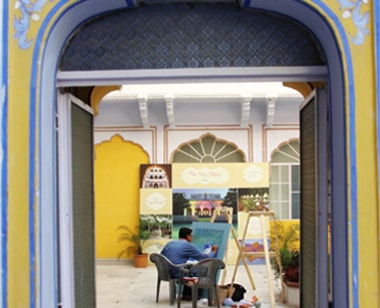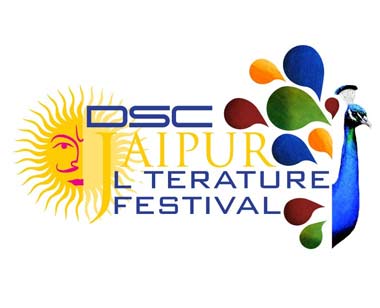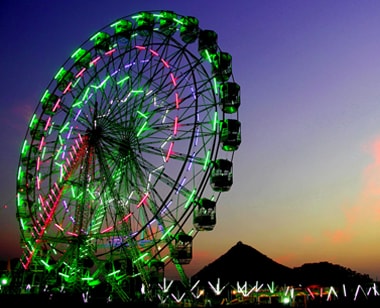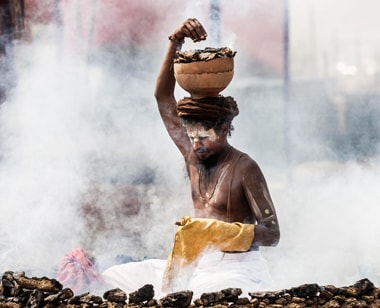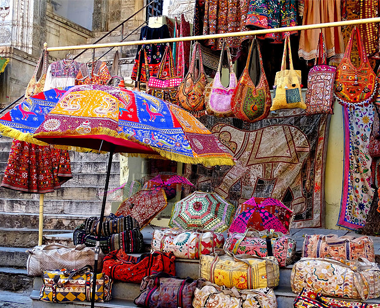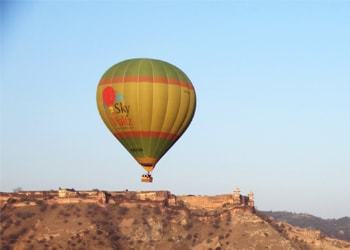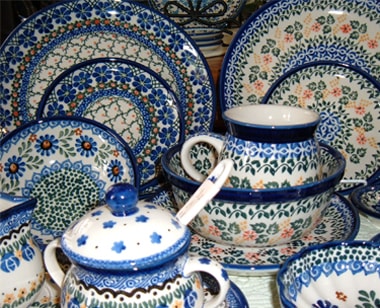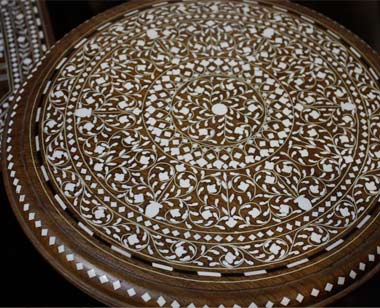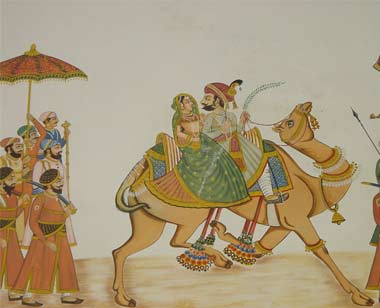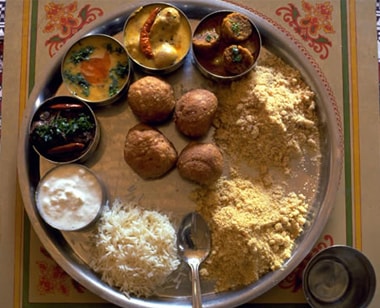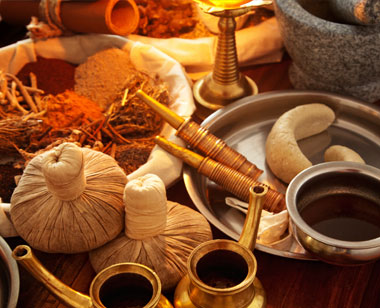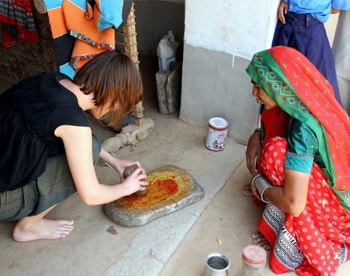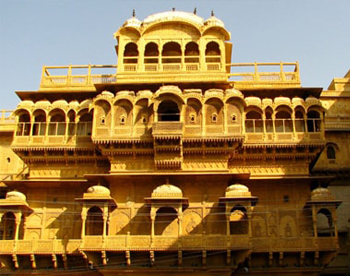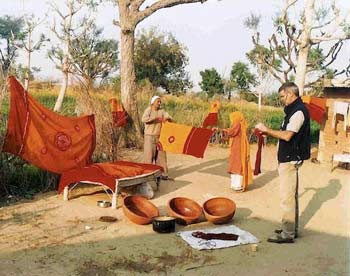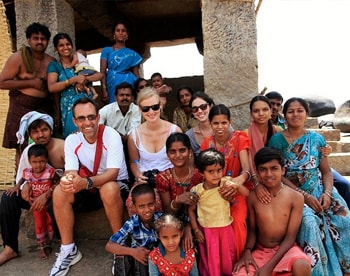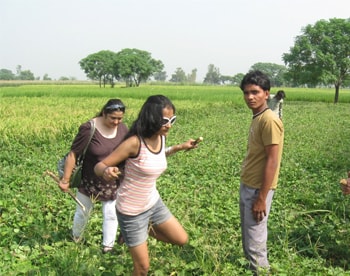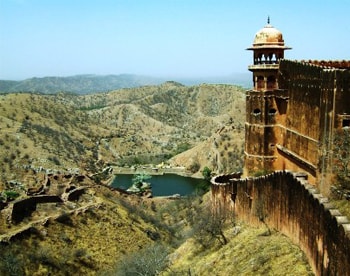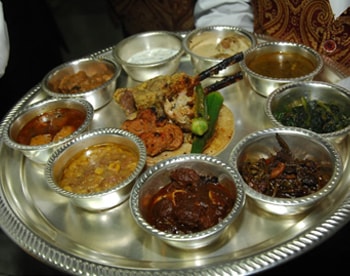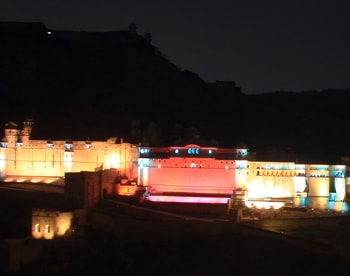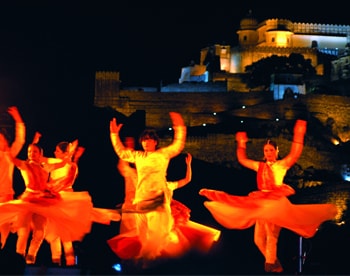Location: North East of Jaipur, Rajasthan
Climate : Summer- 40° C to 28° C, Winter- 18° C to 5° C
Best time to visit October to March
Language spoken Rajasthani, Hindi, and English
Attraction Wild Life Century and Migrating Birds
Religions Hinduism, Jainism and Islam
Festival Gaurav mahamna, Jaswant Exhibition, Gangaur, Teej
Bharatpur was named after the name of ‘Bharat’, the brother of Lord Rama, an incarnation of Vishnu who’s other brother Laxman was worshipped as the family of the deity of the Bharatpur. The legend say the rulers Laxman’s name is engraved on the state arms and the seal.
Maharaja Suraj Mal founded Bharatpur in 1733 AD and was a well bastioned city. Bharatpur history is the domination of jats in the region since 17th century. Bharatpur was under the dominion of the Jats in the17th century.
Places to Visit
Lohagarh Fort:
Lohagarh fort, the colossal iron edifice built in the 18th century whose founder was Maharaja Suraj Mal. The fort consists of three palaces namely – Kishori Mahal, Mahal Khas and Kothi Khas.
The Palace: This royal edifice is a fusion of the Mughal and Rajpat architectural styles with magnificent apartments and intricately designed floor tiles having interesting patterns. One can marvel at the ancient exhibits displayed in the museum in the central part of the palace
It miraculously withstood the ravages of time and even sustained the numerous British attacks.
Government Museum
This museum is the repository of traditional artifacts, delicately carved sculptures and ancient inscriptions that speak a lot about the region’s cultural heritage.
Fatehpur Sikri
About 22 kms from Bharatpur is this vast complex, built during the second half of the 16th century by the Emperor Akbar. Fatehpur Sikri (the City of Victory) was the capital of the Mughal Empire for only some 10 years.
Fatehpur Sikri, popular among tourists and archaeologists, is one of the World Heritage Site in India. Major monuments of Fatehpur Sikri holds number of architectural treasures that slowly unfold in front of you.
What you can see is magnificent ruins of the bygone era; some are in excellent state of preservation.
The Palace
The magnificent imperial building reflects the fusion of Mughal and Rajpat architectural styles with majestic apartments and exquisitely designed floor tiles exhibiting fascinating patterns. The ancient exhibits displayed in the museum at the centre of the palace inspire awe of the beholder.
Keoladeo National Park
Bharatpur is famous for its wonderful Unesco–listed Keoladeo Ghana National Park Once upon a time it was the royal hunting preserve of the Bharatpur princes but now it has become one of the famous bird sanctuaries that is the abode of about 400 varied species of birds including water birds, exotic migratory birds from Afghanistan and central Asia Tibet as well as Siberian cranes from the arctic, grey leg geese from Siberia and bareheaded geese from China , come here in July/Aug to spend the winters in warmer climate and they breed till Oct/Nov. Colonies of cormorants, spoonbills, storks, egrets, herons, pelicans, ebis and grey herons can be spotted all over the park. The raised paths camouflaged by babul trees make their viewing easier.
Over 230 species of birds are known to have made the Keoladeo National Park their home. It was declared a protected sanctuary in 1971. It is also a declared World Heritage Site. Keoladeo Ghana National Park is a man-made and man-managed wetland and one of the national parks of India. The reserve protects Bharatpur from frequent floods, provides grazing grounds for village cattle and earlier was primarily used as a waterfowl hunting ground. The 29 km reserve is locally known as Ghana and is a mosaic of dry grasslands, woodlands, woodland swamps, and wetlands. These diverse habitats are home to 366 bird species, 379 floral species, 50 species of fish, 13 species of snakes, 5 species of lizards, 7 amphibian species,7 turtle species, and a variety of other invertebrates. Every year thousands of migratory waterfowl visit the park for wintering breeding etc. The Sanctuary is one of the richest bird areas in the world. It is known for nesting of its resident birds and visiting migratory birds including water birds.
Bharatpur Wildlife Sanctuary
Bharatpur bird, Bharatpur National Park spread over an area of 232 sq km. Kaleod drives its name from Shiva Temple in the heart of sanctuary. It was earlier known as the Bharatpur Wildlife Sanctuary.
Perhaps no other wildlife sanctuary in India offers the range of accommodation as in Bharatpur. There are rest houses, lodges, dormitories and hotels. Rajasthan Tourism provides good accommodation at its hotel, ‘Saras’.
Inside the park, the Bharatpur Forest Lodge is maintained by the ITDC. Shanti Kuteer, Circuit House, Dak Bungalow are also good for a comfortable stay. Park Palace, Govind Niwas and the Tourist complex are the other choices. Almost all the houses around the park lend out one or two rooms to visitors. These are cheap and provide comfortable stay.
Laxman Mandir
situated right in the heart of the city, it is known to be one of the most prominent temples in Bharatpur. Almost 400 years old, this temple stands right in the middle of the main market area. It is said to have been established by Naaga Baba, a sage who worked for upliftment of the mankind. Displaying typical Rajasthan style of architecture, this beautiful temple is visited by a large number of devotees every year.
In the neighborhood of this temple is another Laxman Temple, which was built by Maharaja Baldev Singh in 1870. Made up of sandstone and white marble, this Laxman Temple is home to Ashtdhaatu idols of Laxmanji and Urmilaji. Smaller Ashtdhaatu idols of Ram, Bharat, Shtrughan and Hanuman are also enshrined in this temple. Both the temples can be easily reached from anywhere in the city by a cab, a cycle rickshaw or a tonga.
Places of Worship
Ganga Mandir, Laxmi Mandir, Jama Masjid ,St. Luke’s Church and Gurudwara.
Food and Cuisine
Alu ki Sabzi, Kachauri, Rabri, traditional Indian food, large variety of fast food, lot of fresh vegetables, little water and pure ghee as the medium of cooking. Milk and butter are largely used in the popular dishes, One popular dish served here consists of dal, bati and churma and sweet dish, like Mawa Kachori .
Distance from major cities
Bharatpur Agra, 55 kms
Bharatpur Fatehpur Sikri 22 kms
Bharatpur Deeg 32 kms
Bharatpur Mathura 39kms
Bharatpur Alwar 176 kms
Bharatpur Jaipur.184 kms
Bharatpur New Delhi 160 kms (arial distance) 199 km by road 167 Kms by train There are no flights between New Delhi to Bharatpur but there is/are 15 direct train(s) from New Delhi to Bharatpur.
Air: Agra Airport is the nearest airport that has flights for Delhi, Bombay, Varanasi and Lucknow
Rail: Agra, Bharatpur is also connected to Mathura, Sawai Madhopur and Kota by the main Delhi – Bombay line.
Road: Bharatpur is well connected by road with Agra, Delhi, Mathura and Jaipur. There are regular bus services that operate for all major cities.
* kindly double check the exact travel distance & the train/flight timing with us in case of any last minute changes.
 +919828167660, +919414075013
+919828167660, +919414075013

